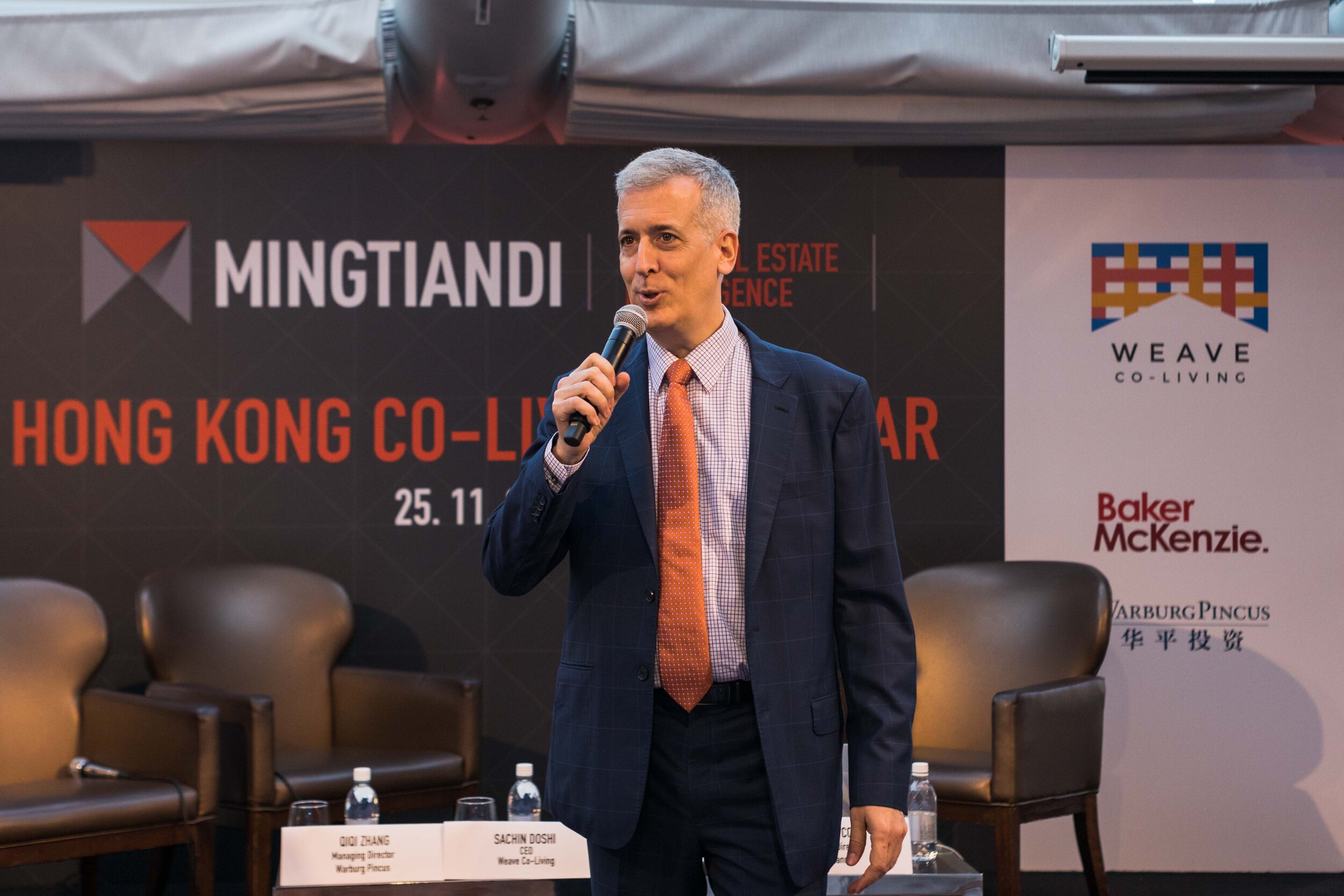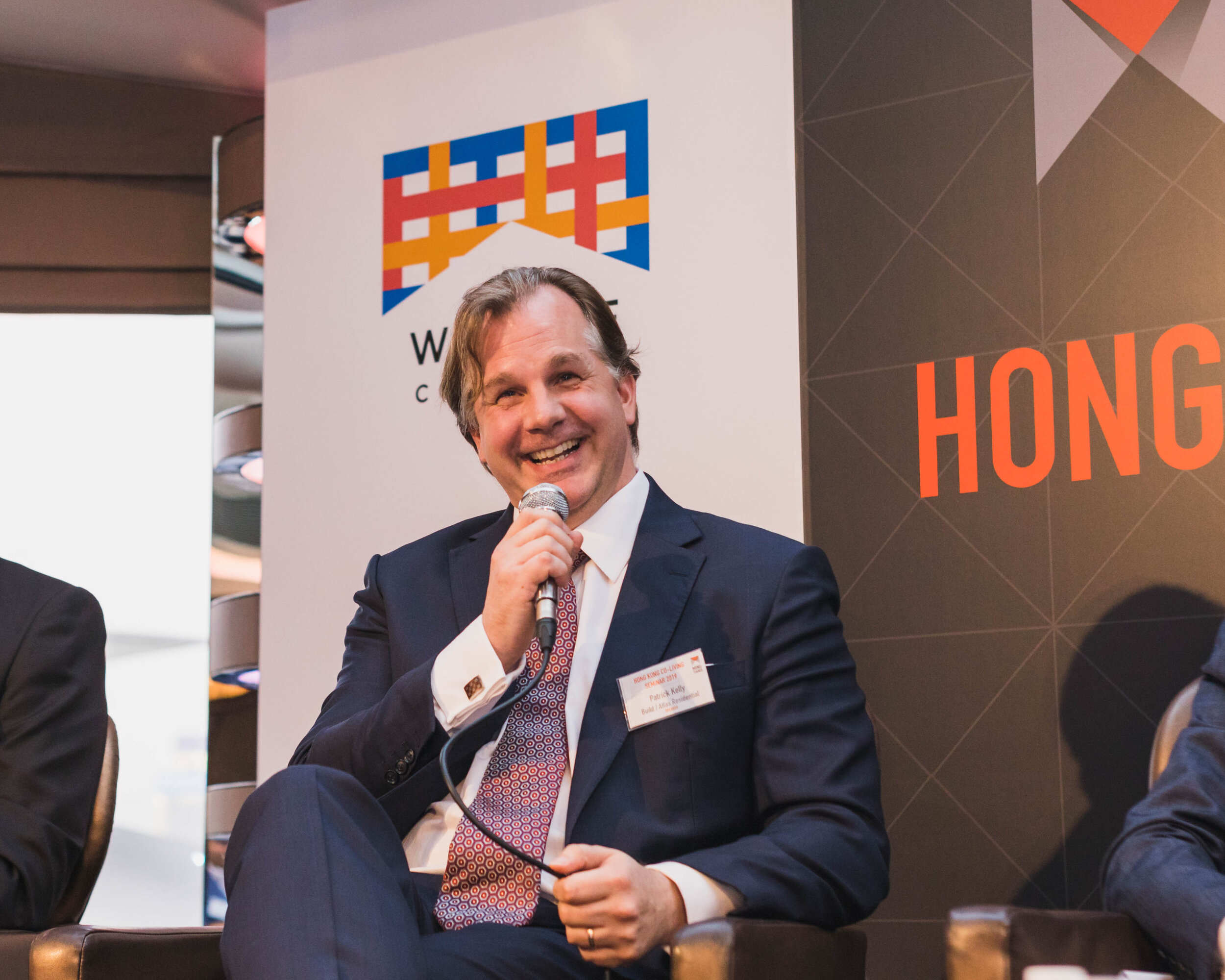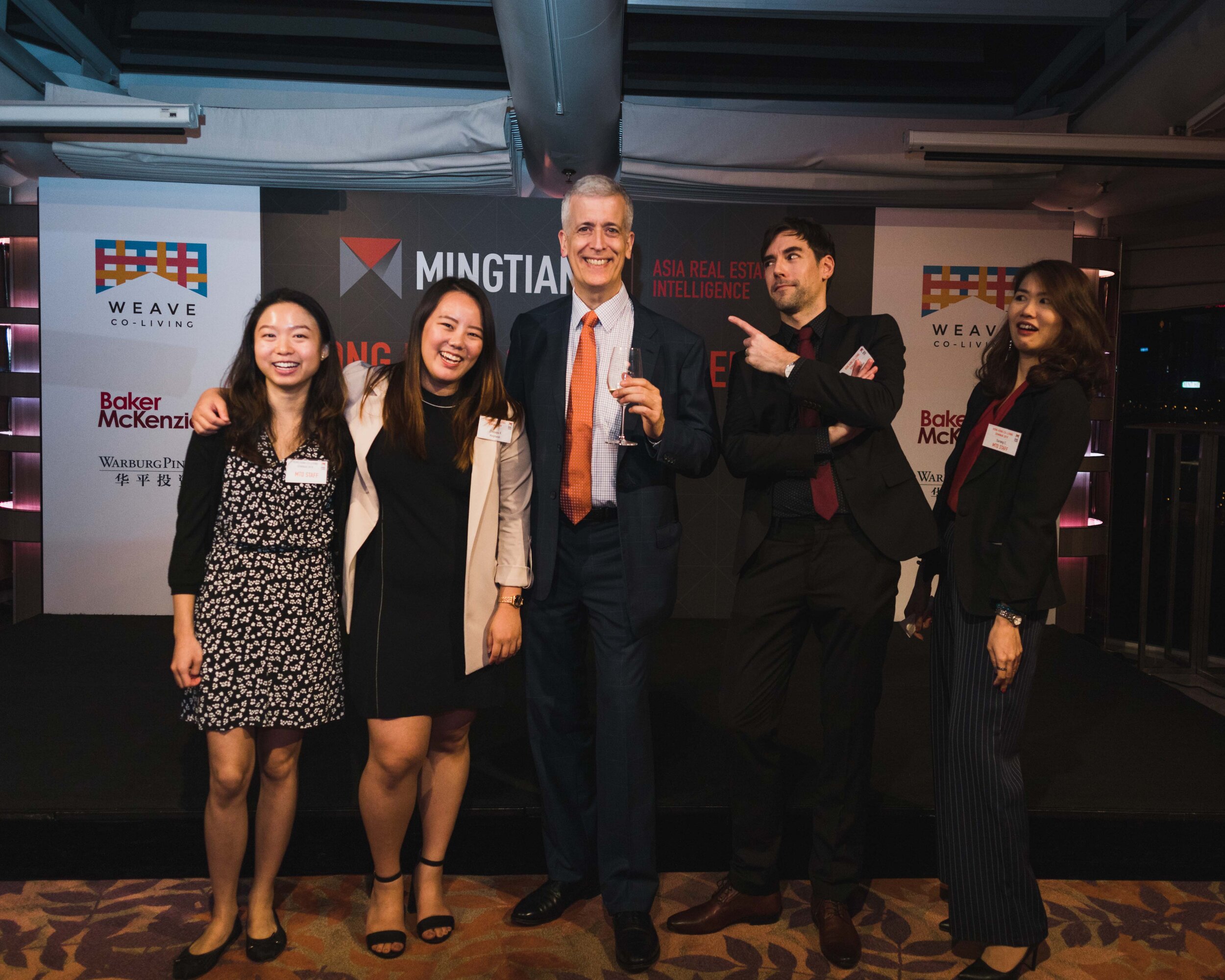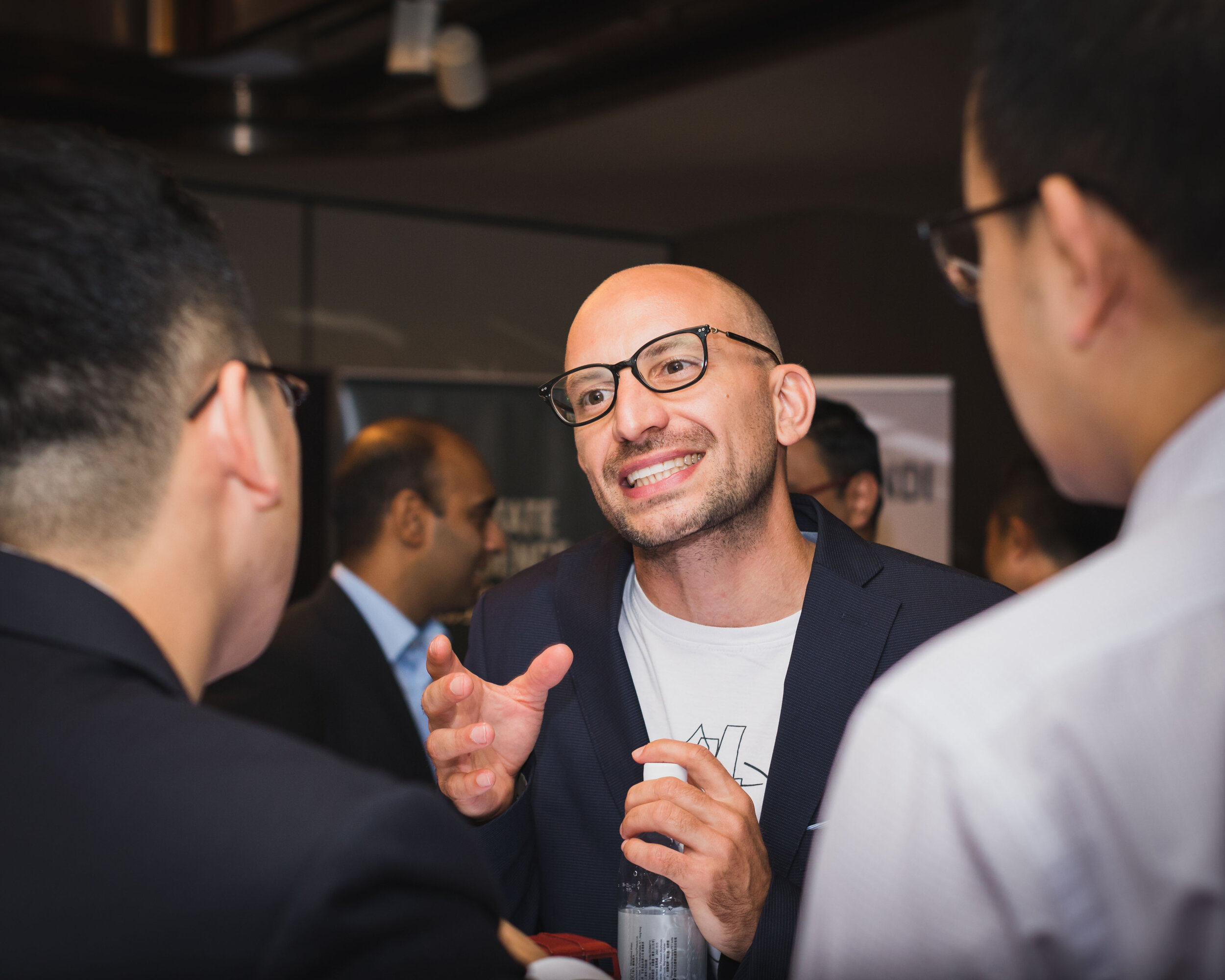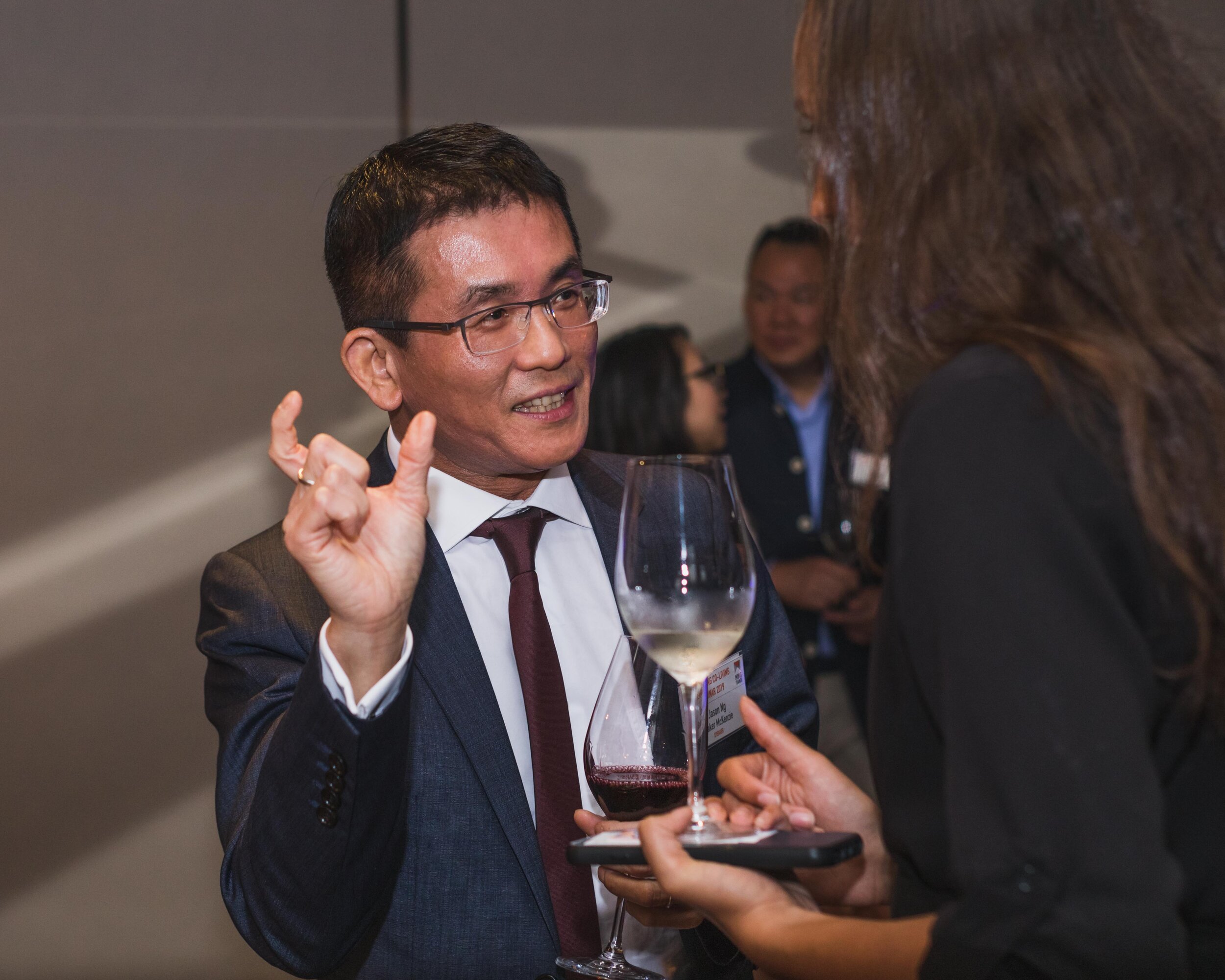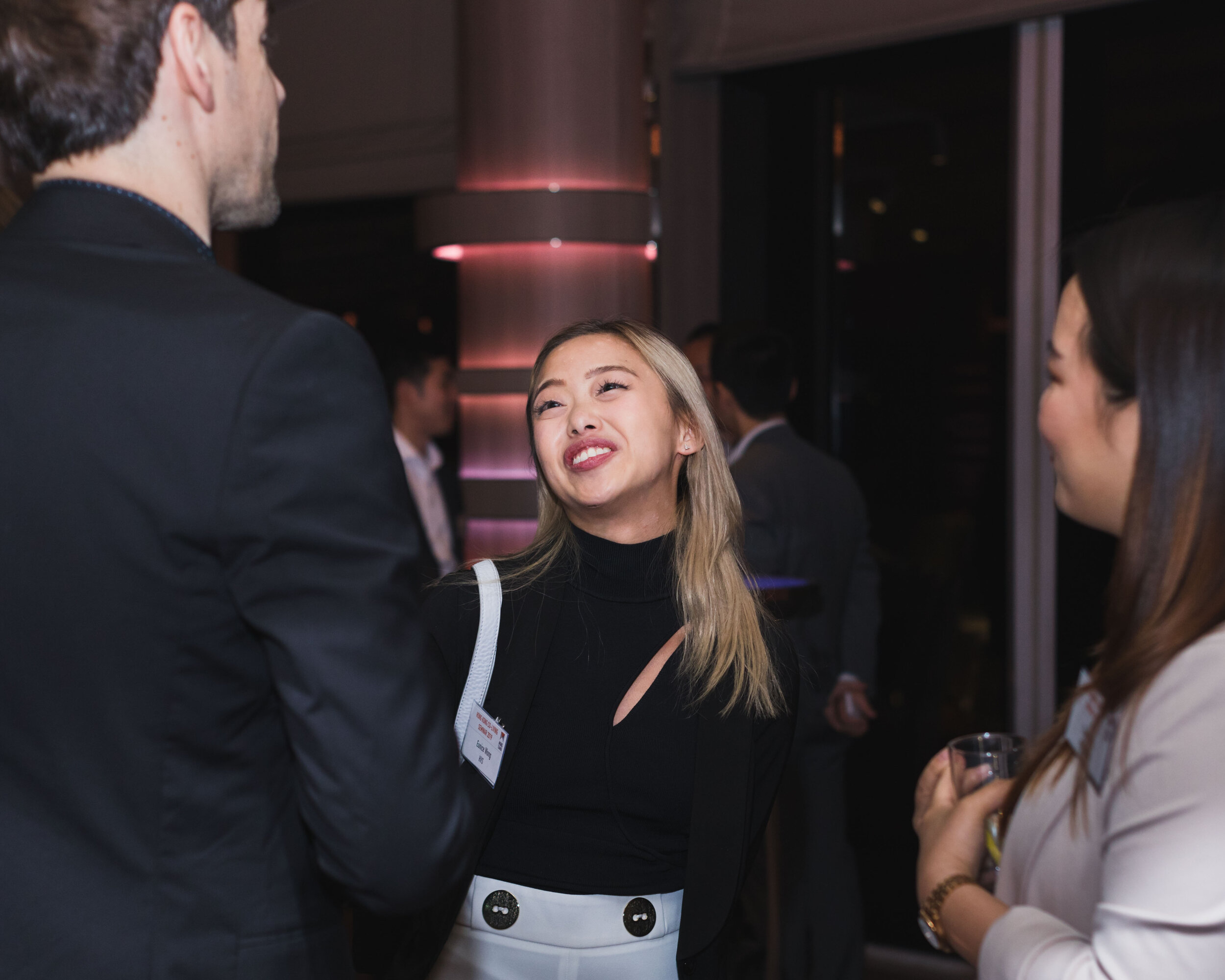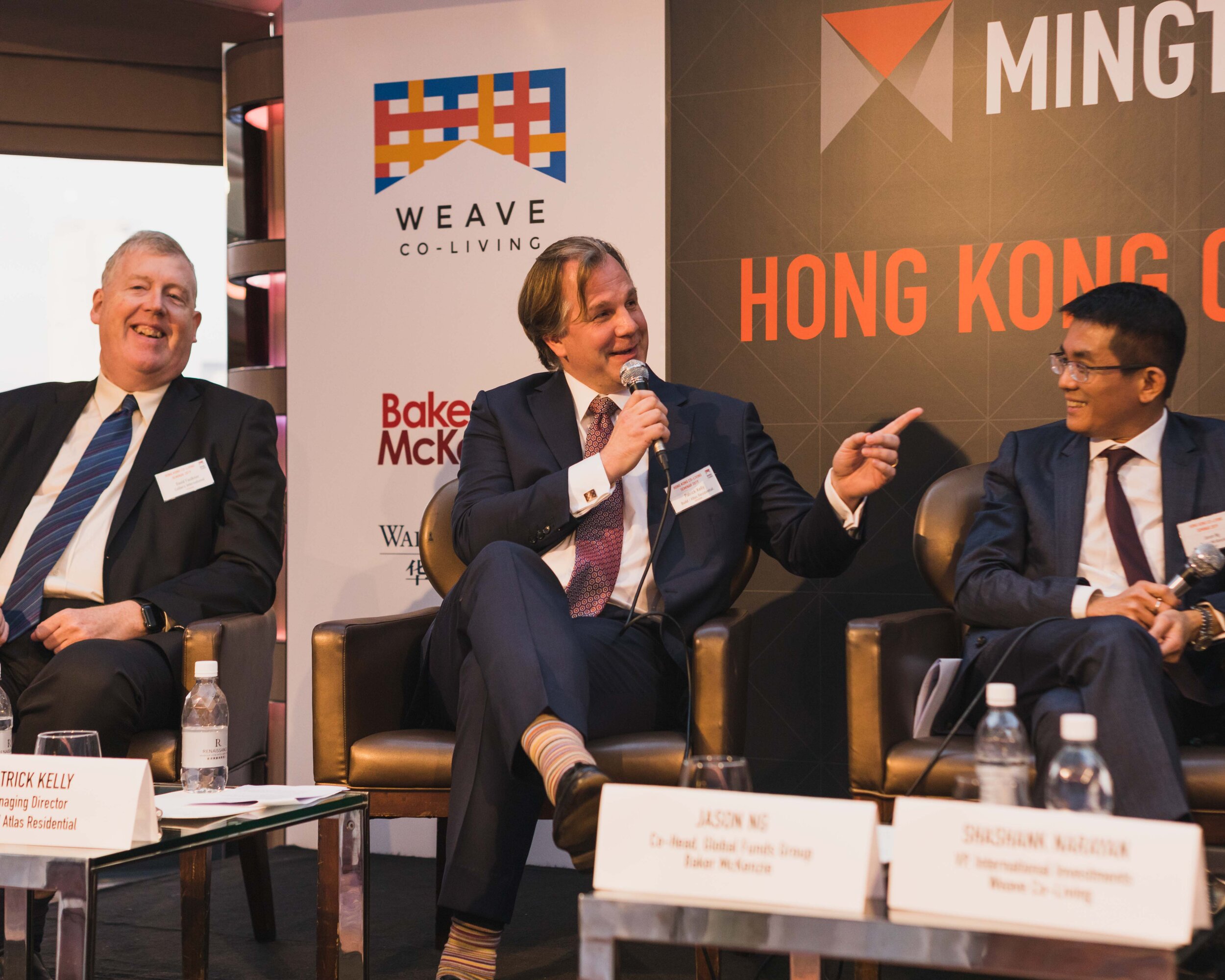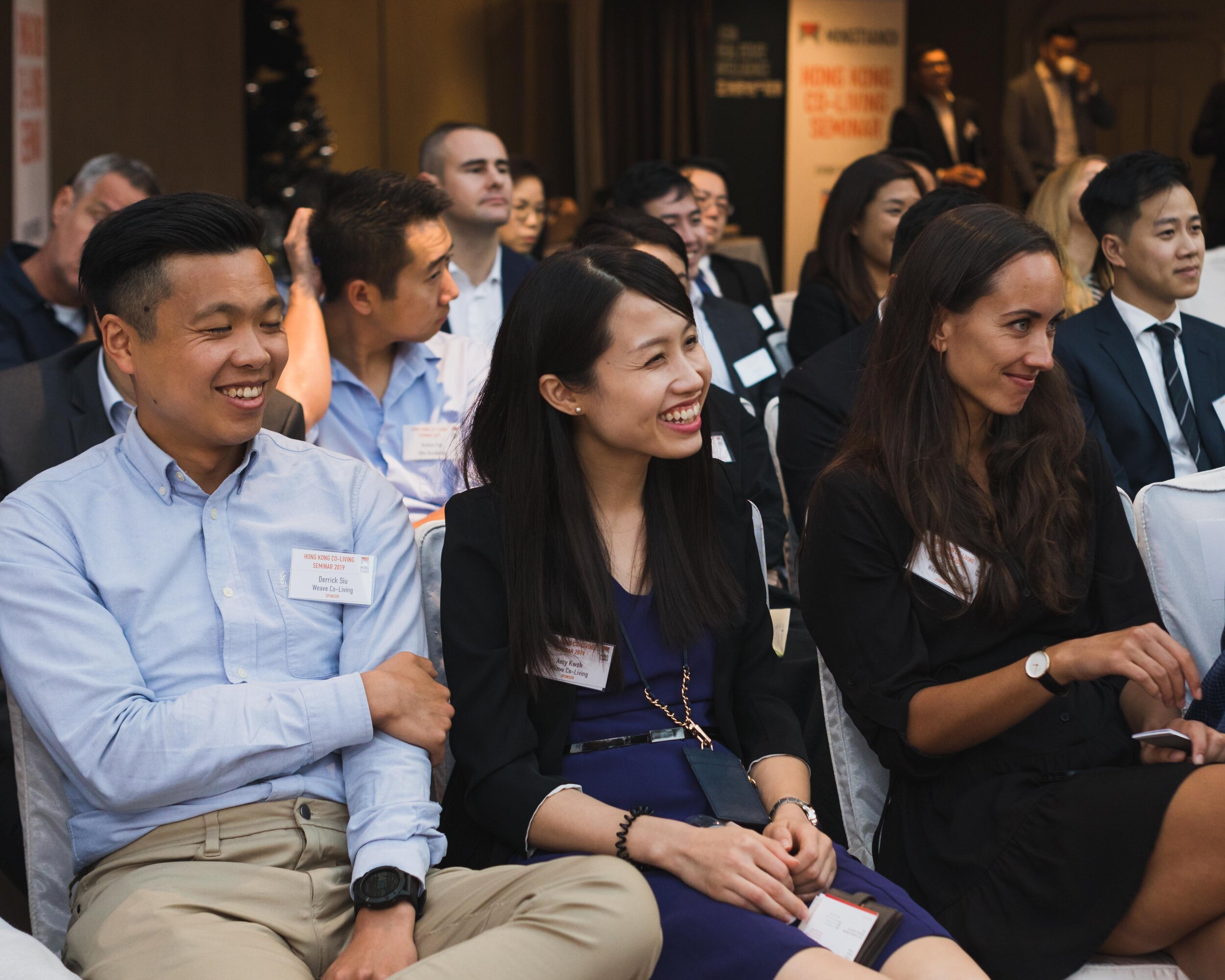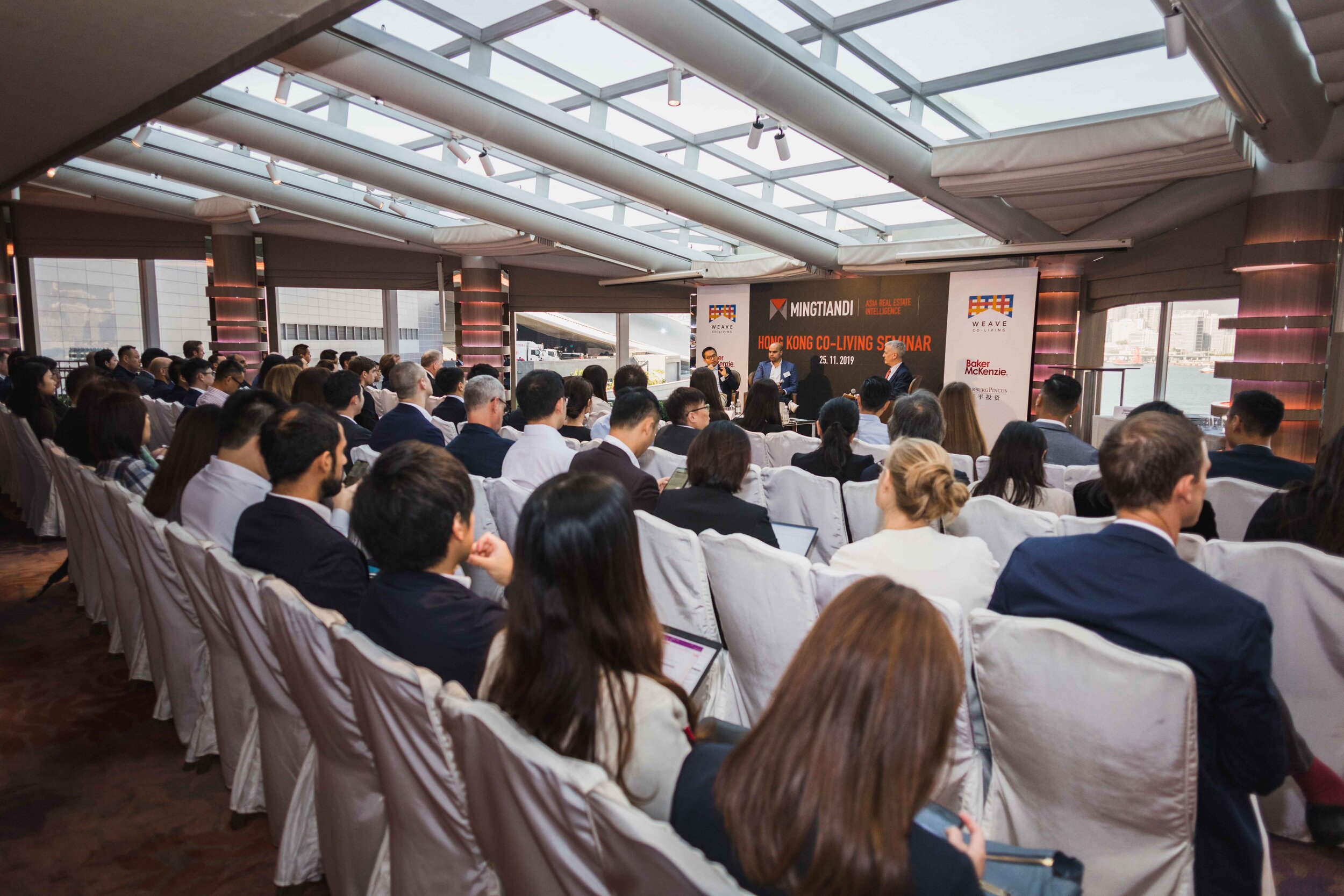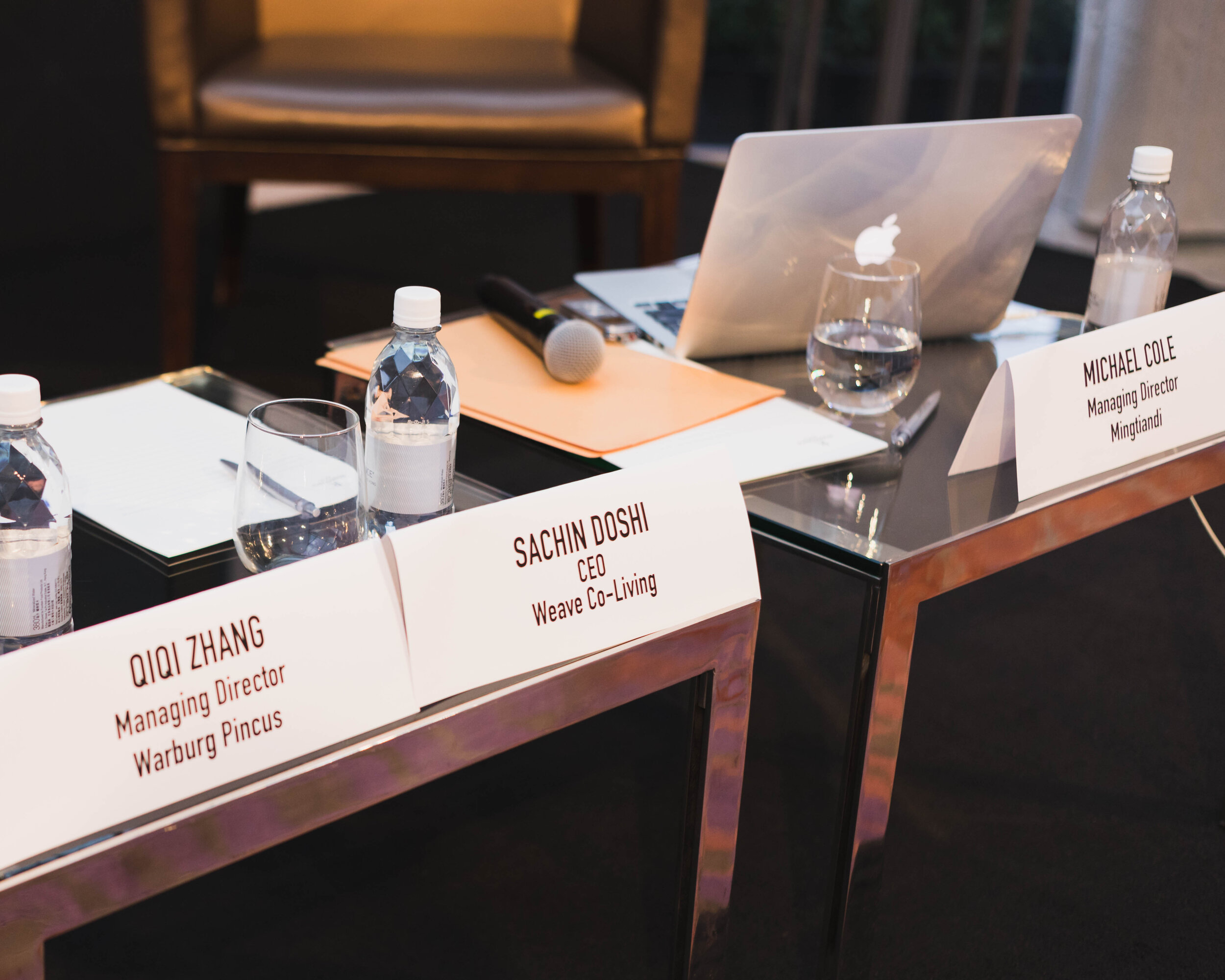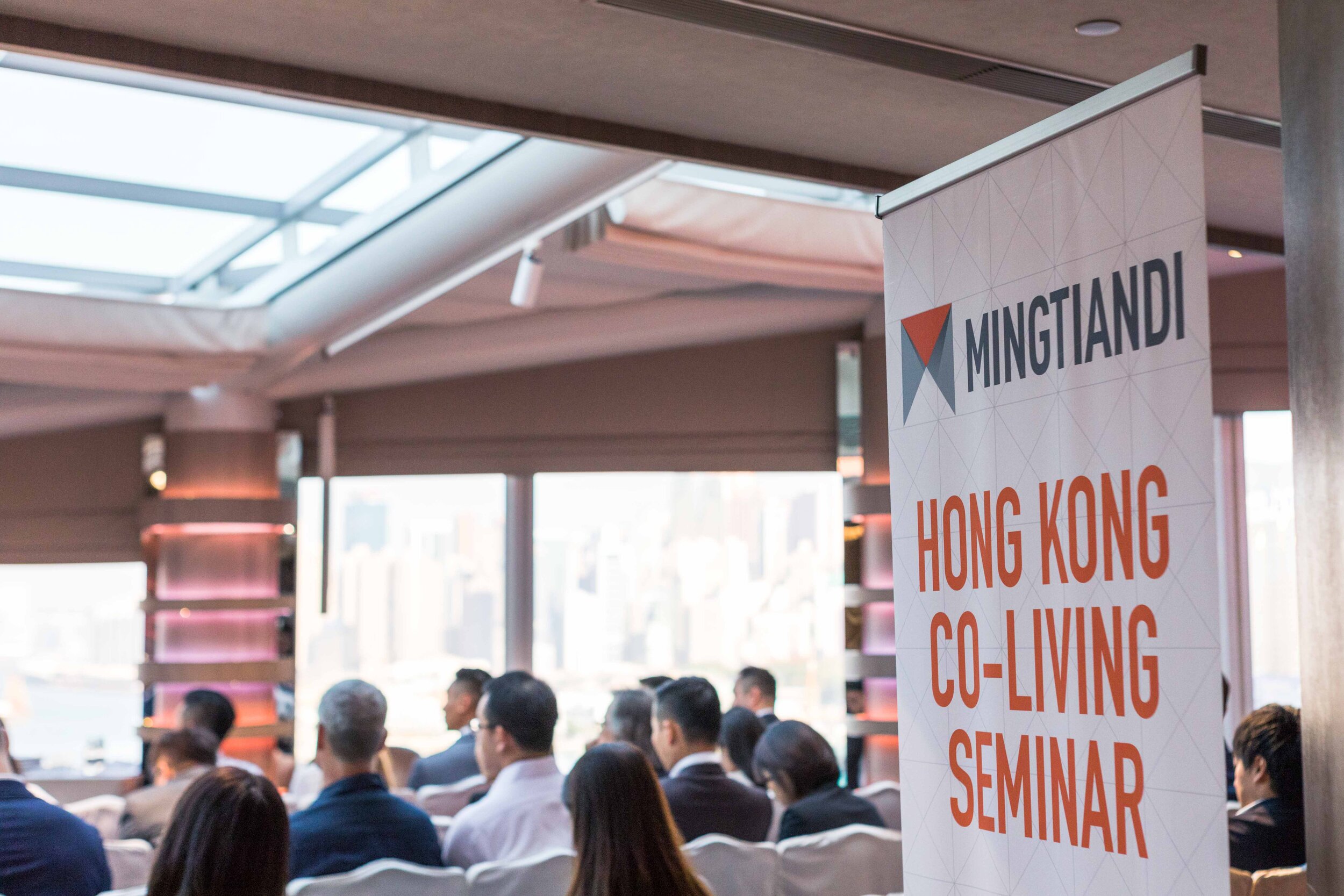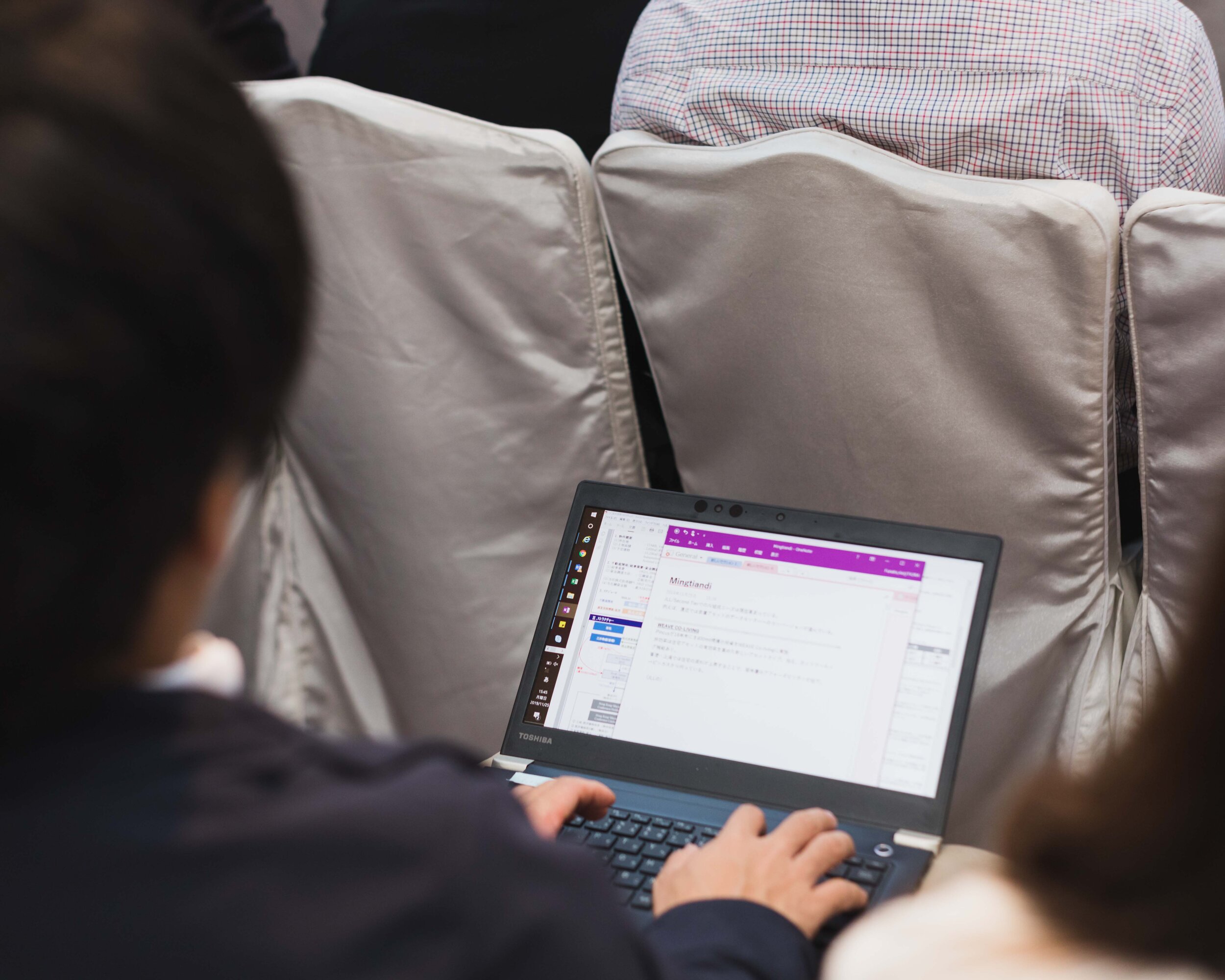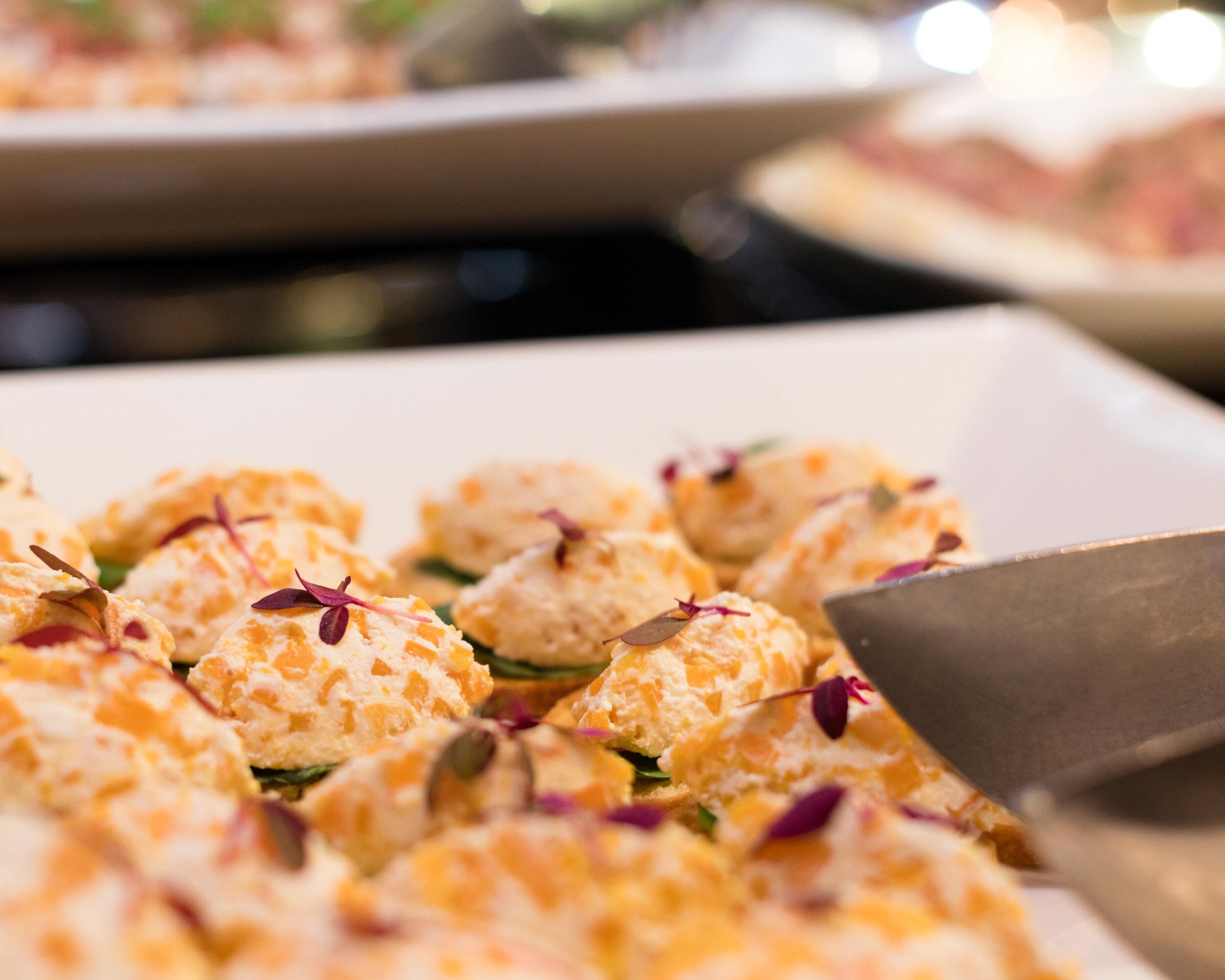In corporate event photography, the key to excellence is in having a well thought-out shot list. This article will be focused on detailing the types of shots you should take at a conference, and how these shots can be effectively used to market future events.
If you are a photographer, the explanation and examples below can give you a clearer idea of what differentiates you as an event photographer, and what gets you hired time and time again.
If you are a corporate event planner, read this guide to learn how you can come up with a stellar shot list with your photographer, and how to put the images to the best use to market your services.
Corporate events, especially conferences, usually have a standard agenda. This guide will be structured based on the elements conferences commonly involve: people, venue, and details.
Here is a quick summary of the shot list. In relation to people, shots to get include opening & closing speech, keynote speakers, panel speakers, Q&A participants, poised environmental portraits, networking group shots, organiser group shots and candid shots. In relation to venue, get shots of the entire audience, entire stage with speakers, and the empty venue. In relation to details, photograph food, name cards, notebooks, banners and decoration if any.
To make this guide as helpful as it can be, I am basing the shot list on an actual event shoot I did for Mingtiandi’s conference and a few other events I have covered. The shots are loosely arranged in decreasing order of importance.
If you find this helpful, SUBSCRIBE to my channel via the box on the left to make the most out of my blog! Also, do share it with people who might be interested. Shoot me an email/ DM to share your thoughts too.
Also, Pin this article to your Event/ Business of Photography boards in Pinterest if you find it helpful!
People Shots
The first category of shots involve people. The general rule is to make sure the most important individuals in the conference gets a clear, lively shot of him participating in the course of the event.
Opening/ Closing Speech
The opening and closing speeches of a conference usually involves the emcee or a representative from the host standing at the middle of the venue (a stage if there is one).
The opening includes a brief introduction of the agenda for the day, and the host organisation’s service offerings, and usually given by the leader of the organising body.
See below for my example.
This shot is important because he is the face of the host organisation. Marketers need shots of the top management engaging in past conferences to build authority.
It is also key for branding purposes to let the public see the the person leading the organisation.
Keynote & Panel Speakers
Following the opening speech, two types of speakers are usually lined up, namely keynote and panel speakers.
These two types of speakers require similar types of shots - individual shots of them giving their speech on stage. They are usually invited by the host organisation because of their expertise in the field, to provide more background and insights regarding the topic of the conference.
See below for my example.
These shots are important because these individual speakers will want to use photos of them speaking at conferences for personal branding purposes. They might make a post about them giving a speech on LinkedIn to build up their professional network.
They would really appreciate it if the marketer or the organiser could give them shots of them speaking.
And from the host organisation’s point of view, showing that they had the capacity to invite high calibre speakers to their events also adds to their brand and will help them market future events.
Q&A Participants
Many corporate events, especially conferences, have a Q&A session where attendees could raise specific follow-up questions to speakers.
Typical shots of the Q&A session captures individuals from the audience raising hands and asking questions.
See here for an example.
Depending on who is in the audience, some individuals might have the same demand for professionally taken photos of themselves participating in industry events.
From the organiser’s standpoint, these shots are useful in demonstrating that the program is of high quality, and is one that keeps the audience interested.
The greatest concern potential participants have is that many conferences are scams and that they get nothing much in return for their money.
Shots of engaged members in the audience resolves this concern and removes potential objections people have in paying for future conferences.
Environmental Portraits
Environmental portraits may not be directly relevant to the event itself, but are good to have. They are portraits that are for business usage, but not as formal and with more personality than headshots.
They incorporate more of a background and action, as opposed to plain backdrops and rigid posing.
You can do these portraits for anyone in the conference. But because of time constraints, prioritise the most important people in the conference.
Here is an example of an environmental portrait.
These are taken at strategic times and require a skilled approach.
Usually, people move around the venue, either after or in between sessions, and this is when the photographer can appropriately isolate individuals for a few quick shots when they are not attached to a group.
These portraits will greatly benefit the individual captured because there is a demand for semi-formal shots of themselves.
Examples of usages of this type include the ‘about us’ section on company websites, covers or inside pages of books, printed media features etc.
Unless the person paid to have a professional photographer follow them to these conferences (which is seldom the case), they rely on the event organiser to get photos like these.
For the host organiser, this can be used for social media purposes, and used as a token of thanks for these individuals for their time.
Handshake Shots
At various points in a conference, speakers and members from the host will shake hands. These can often be found in moments shortly after the host concludes a section.
The handshake shot is rather self-explanatory - the split second in which two people put their hands together.
Here is an example.
The handshake indicates proper business etiquette and is almost an essential in every legit conference.
This is a desirable moment in a conference to capture as it demonstrates the credibility of the conference and shows human interaction.
Group Shots
There are typically two types of group shots - ones for the members of the host, another for the individual attendees.
Groups consisting of organising members usually come together at the end of the entire event, or after the structured speeches are over, for a group shot.
Whereas shots of participants as a group can be taken during networking sessions before and after the structured speeches depending on the exact rundown.
Here is an example of the organiser group shot. This was taken as the event concluded.
And here is an example of a group shot of the conference attendees. This was taken during the networking session when everyone was free to move around the room to meet new people.
Group shots are important for the event organiser because by the end of every financial year, most companies do an annual publication of the major events that took place. They will need shots of the people organising these events for publicity purposes.
Some organisations also have the practice of crediting the organising committee in a short email immediately following the event.
As for the attendee group shots, it benefits the organiser by again showing future participants that they have the track record of creating an enjoyable, rewarding experience for attendees. This assures potential attendees that the conferences held by the organiser will be well worth their money.
Networking Candids
Networking sessions can happen at any part of the conference. Usually before the speeches take place, during intermissions (if there are any), and after the program has officially ended.
These shots capture participants mingling around the venue, enjoying the refreshments and generally having a good time meeting like-minded professionals in their field.
Candids shots require the photographer to be able to anticipate and catch the best moments of the actions without disturbing the scene.
Here are some examples of candid shots I did during the networking session.
Some participants may want to take these candid shots of themselves for social media posting. In these cases, they want photos of themselves participating in a professional capacity, but also do not want to post overly rigid and formal photos of themselves, because social media is a place for posts with some personality.
From the perspective of event hosts, this is the strongest proof of their events being worth the attendee’s money. Theses photos will help the organiser associate themselves with happiness and positive vibes. This human, emotional element is vital for attracting more future participants.
Venue Wide Shots
Following people shots, which are usually more focused on a small group of participants, this category of shots captures a wider range that provides an overview of the conference.
Speakers on Stage
Under most circumstances, there will be two or more people on stage. There can be as many as 5 people on stage consisting of all panel speakers, and as few as 2 people consisting of a guest speaker and the emcee.
A wide shot of the stage will capture entire scene of the program on stage.
Here is an example from my work.
Where appropriate, feel free to do an even wider shot capturing the entire stage. In this case specifically, I decided that zooming in to get a semi-wide shot would best capture the chemistry between the speakers.
These shots are helpful for the event host to show to the public what it is like to speak at the conference. These shots can go into the portfolio of the organisation to showcase their previous list of speakers.
Audience
The best time to take wide shots of the audience is when they are all seated.
Depending on the specific agenda, people start to lose attention as the program runs. I personally find it best to get these shots earlier on before the audience display signs of boredom and disinterest.
Another variety of shots feature them clapping as a session ends.
Here are some examples of wide shots of the audience.
The point of taking these shots is to firstly demonstrate that the conference was very well-received and most of the seats had been filled.
A bonus would be to capture moments when the audience responded positively to the content delivered, usually by clapping or smiling.
This further encourages future participants to feel pleasant about the organiser’s brand and thus entice them into taking part in future conferences.
Empty Venue
This shot involves capturing the entire venue without participants. The venue should have been well set-up but not clustered with people.
The best time to get these shots is when the preparation work on set has been completed, but the event is not officially started until another 15 minutes.
Here is an example of a shot of the venue itself.
The significance of this shot for the event host is to show the scale of the event.
The visual impact a large, spacious venue will impress on viewers that this conference was a large-scale event that has authority in the industry.
If the event was able to garner this much traction, it must be real important, right?
Also depending on the choice of the room, a luxurious looking, high-end location can add to the brand of the organising corporation.
Detail Shots
Detail shots are done not because they are significant to the business, but it is useful for branding purposes by fleshing out the small details that makes marketing efforts more effective.
Business Name Cards
In a conference, the host will usually have some sort of seating plan, at least for the speakers and the VIP guests.
The direction of these shots are usually macro, capturing one name card closeup while still including some context despite blurred.
Here is an example of such type of shots.
These shots can also be used by the organiser with the purpose of showcasing previous participating speakers alongside the photos featuring the actual person, though mostly it will go under the category of detail shots.
Small details like these are very powerful in presenting a professional overview of the conference to the potential participant.
And a general point to note is that the more details a person sees regarding the event, the easier it is for him to picture himself participating.
Banners
Most conferences will have a invested into creating physical promotional materials for the specific conference. It can be a standee, flyers or banners etc.
The shot of these materials are best taken before the event officially starts so that they are affixed at a perfect position. An alternative time would be to take these shots while the attendees are seated, so as to provide some context.
Here is an example of what I meant.
Again, this shot goes under the category of detail shots because they are not directly related to the business of the corporation.
However, for similar reasons as above, these details are important in attracting potential attendees.
Notebooks
Especially for informative conferences, people come with an expectation to learn and receive exclusive information.
Therefore, a lot of them bring with them notepads and computers to note down important points made by the speakers.
Shots of note-taking activities are usually framed by the person making the notes, while focused on the note-taking device among the group of audience.
Here is an example of audience taking notes.
The significance of doing these shots is to demonstrate that the information provided by the speakers are truly worth noting and is of value.
What potential participants want to know the most is whether the conference is going to add value to them, aka are they going to take away things that makes their investment worthwhile?
Help the event host convince their potential customers by making shots like these.
Refreshments
Most corporate events, not all, provide light refreshments for their event participants.
To photograph the food and drinks provided, the easiest way is to play with a shallow depth of field, just like how you would otherwise photograph food.
Here are some examples of a variety of shots you can do for refreshments.
The reason why you want to include shots of the food is because this presents the conference as not just a place where you get value in form of information, but it is a total pleasant experience for the attendee.
This shows that the organiser has put in every effort to make the conference an enjoyable one for the people who came.
It also subtly positions the organiser as a market leader who is able to afford to host an event at a high-end location with top-notch catering services.
Summary
In this article, we talked about what the main three types of shots are, and how and where to get them:
People shots;
Venue shots; and
Detail shots.
More sharing coming soon!
SUBSCRIBE via the box on the left for more PRO tips, and follow me on Instagram (@_bjiao__) and let me know what you think in the comments!
Share this article on Pinterest too!
Keep shooting, keep creating!
The mission of this blog is to provide the best insider information in the photography industry, as openly as possible. You have direct access to my
first-person experience as an aspiring photographer who talks, but also works.
Honest opinion are rarely available as public resources because this is a competitive industry. Huge sums are made when such information is delivered in the form of mentorship and workshops.
This blog is a great way in which I cover my daily expenses, but also provide real value.
If you have learnt something that would be worth at least $10, please consider donating to the page. This enables me to keep creating content and helping more people sustainably.
Your continued support for the blog is appreciated!

